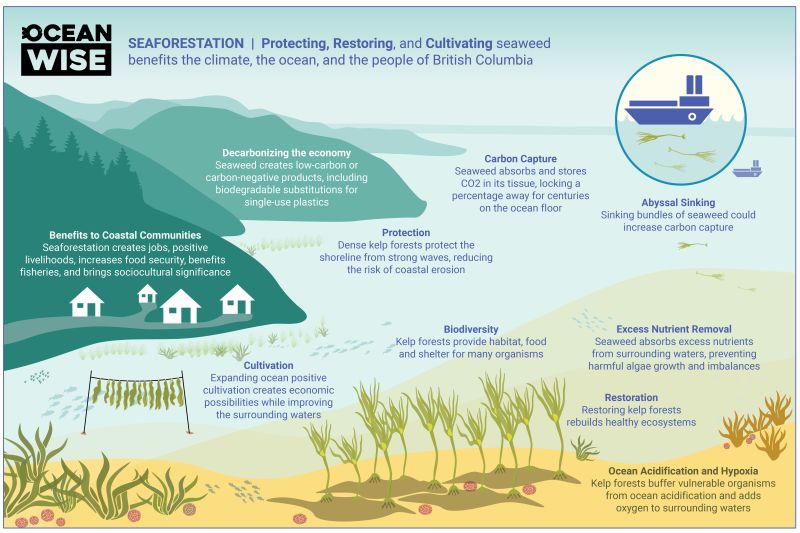GEOENGINEERING
Geoengineering refers to the large-scale manipulation of Earth’s
climate, typically to combat the effects of climate change. Geoengineering is a
complex and controversial topic, but it is a process that we are already engaged
with on a massive scale.
Each second you spend reading this, humans emit over 1,100
metric tons of CO2 and by doing so participate in the largest scale
geoengineering experiment ever performed. Though modern geoengineering is most often
thought of as a way to mitigate climate change, accidental geoengineering can also be thought of as the cause of climate change.
History
The
idea of controlling our environment has roots in human thought that go back perhaps
to the dawn of our species. Mankind has always been an ecosystem engineer,
often unintentionally. When our prehuman ancestors arrived in the Americas
around 30,000 years ago, our hunting prowess caused a megafauna extinction that
rippled profoundly through american ecosystems. Our distant ancestors started
forest fires to flush out prey and fertilize soil. We dug canals, diverted
rivers, and filled lakes in the name of agriculture. More recently, poor farmland
management has lead to events like the dust bowl and the draining of aquifers.
Mankind have always been ecosystem engineers, but it is only with the advent of
the industrial revolution that we have had the opportunity to purposely affect
long term, global geoengineering projects.
Modern
thoughts on Geoengineering date back to the mid 1800’s, when celebrated American
meteorologist James Pollard Espy suggested burning down Appalachian forests to
prompt rainfall for agriculture. While his plan never came to fruition, it marks
the modernization of humanity’s attempts to control the earth for agricultural benefit.
Throughout the 20th
century, nation-state actors such as the US, China, and Soviet Union researched
and tested various geoengineering methods for agricultural, economic, and
strategic use. It was not until the early 2000’s that geoengineering began to
see serious testing as a remedy for manmade climate change, and in recent years
this research has increased to an all- time high.
This website gives a glimpse into some of the geoengineering projects happening
around the globe right now.
Categorization
We
can broadly classify geoengineering into two basic types, Carbon Capture
geoengineering, and Solar energy displacement geoengineering.
Methods
of Carbon Capture geoengineering rely on various technologies to capture
atmospheric carbon and sequester it in a form that does not contribute to climate
change. Carbon capture projects include Olivine beaches, Direct Capture technologies, Reforestation, and other methods. The Center for Climate and Energy Solutions has more excellent information on carbon capture methods.
Solar
energy displacement geoengineering methods all involve cooling the earth by
changing the amount of solar radiation that warms it. This is accomplished by
either changing the albedo of the earth’s surface, or blocking
sunlight before it has a chance to get to the earth. Several proposed methods of solar energy displacement include Cloud seeding to increase rainfall and albedo in drought stricken areas, Stratospheric Aerosol Injection to increase the earth's albedo in the stratosphere, and Orbital Reflection.
Futurism
If
humanity can overcome our current existential issues, geoengineering technologies
open the door for terraforming projects on other planets. Given enough time and
a high enough level of technology, humans might be able to precisely tailor the
environment of this or other planets using advanced solutions like enormous
mirror arrays focusing light to heat up Mars, or heat shields orbiting the sun
to strategically cool down earth or other planets. We might use solar panels
orbiting in a dyson swarm to both cool the earth and provide an almost
limitless source of energy. Your imagination really is the only limit, provided
our species proves capable of overcoming the existential threats that we now
face. The
Three Body Problem
The
Three Body Problem was first theorized by Isaac Newton in 1687 in his
groundbreaking work Principia Mathematica. In essence, this problem
states that the behavior of a system of three gravitationally connected bodies is
chaotic in nature and impossible to predict. Geoengineering is similar in that
the more geoengineering solutions we attempt, the higher the number of unforeseen
interactions between these solutions and the environment around us. Humans have
never attempted a reparative geoengineering project as massive as what has been
put forth in Ministry for the Future. We will almost certainly experience
unforeseen side effects, and due to the global scale of modern geoengineering,
those side effects will almost certainly be global in scale as well. The
question is, can we afford not to?
Is
our hand forced?
As
mankind’s burden on the environment becomes greater, we will reach a tipping
point. An invisible, unknowable critical mass. Most likely, it will be a day
marked by nothing. We will not even realize that the scales have tipped until
it is too late. The loss of diversity triggered by the Anthropocene Extinction
combined with habitat loss, desertification, ocean acidification, and climate
change will trigger a trophic cascade that will fundamentally upend the way
humans live on this planet. This point may be in 5, 10, 50, or 100 years. If we
play our cards right, we might be able to delay it indefinitely.
This
tipping point may have already passed.
Current
science points to a tipping point that is coming soon, and if we do not institute
large changes in climate policy soon, we may be forced to employ a less ideal geoengineering
solution out of desperation. Opponents of geoengineering often point to risks posed by unforeseen externalities as a reason not to pursue any particular geoengineering technology any further, but I believe the real question is whether those externalities outweigh both the known consequences and the unknown externalities of climate change.
This is a decision that everyone has to make at a personal level. When push comes to shove and people are dying in heat waves and droughts, I believe countries will act in their own best interests as shown in the beginning of Ministry for the Future. The more developed our knowledge of geoengineering technologies is, the better we will be able to anticipate and mitigate any unforeseen effects.



















